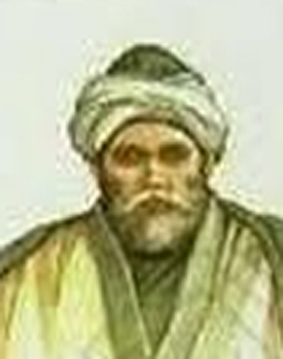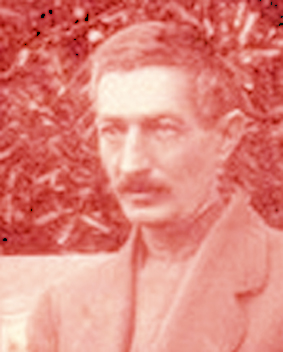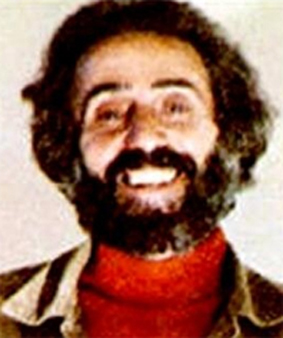
Bayazid Bastami (804-874), also known as Abu Yazid Bistami or Tayfur Abu Yazid al-Bustami, was a Persian Sufi poet born in Bastam. Bayazid’s grandfather was a Zoroastrian who converted to Islam. His grandfather had three sons, Adam, Tayfur and ‘Ali. All of them were ascetics. Abayazid was born to Tayfur. Not much is known of his childhood, but Bayazid spent most of his time in isolation in his house and the mosque.
Bayazid led a life of asceticism and renounced all worldly pleasures in order to be one with the Absolute. Bayazid became known as the first “intoxicated” Sufi. According to his peers he was both a devout moslem and a dangerous heretic. His belief in the ancient Persian idea of “unity of existence” angered the Islamic clerics in his town: “Whoever dissolves himself in God and grasps the truth he himself becomes the truth as he will become the representative of God in himself and thus finds himself within himself.” Or, “Moses desired to see God; I do not desire to see God; he desires to see me”.
Bayazid is regarded as one of the most influential mystics poets and a leading teacher of Sufism in post-Islamic Iran. Nothing has survived from his written work but references to him and his work exist in many later writings. Sufi poets such as Attar and Shams considered him a great teacher. Mohammad Ghazali (1058-1111), one of the most famous Sufi thinkers, also refers repeatedly to his debt to Bastami. The tomb of Bayazid is in Bastam near Shahroud.



































































































